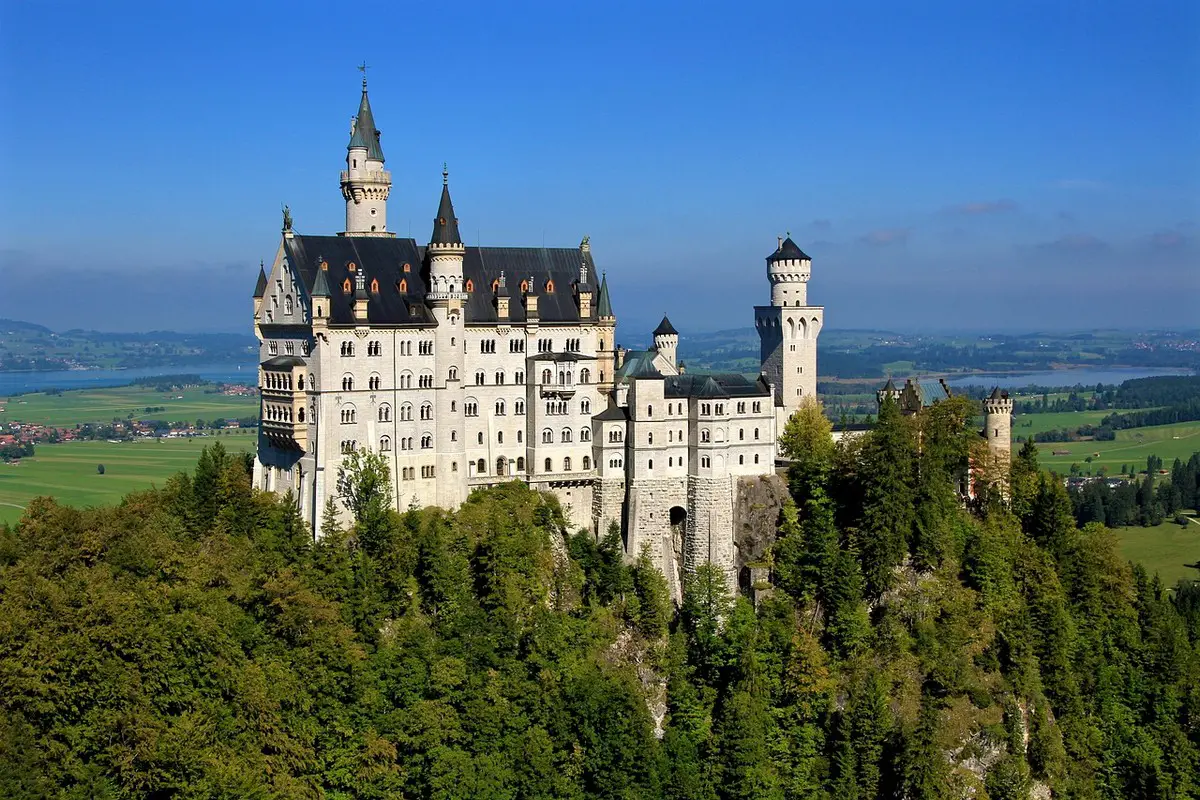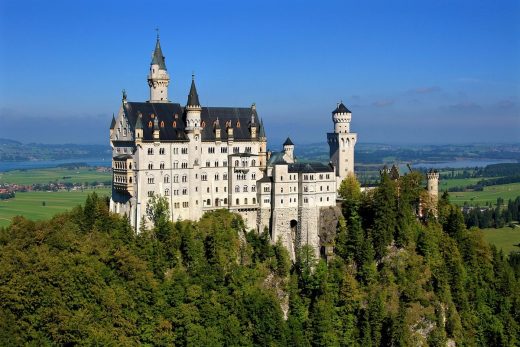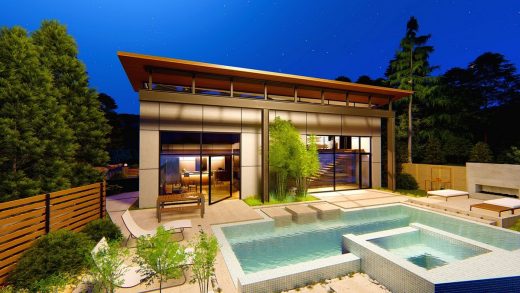Interior design from castles to homes guide, Gothic period architecture, House style
Trend Timelines: Interior Design from Medieval Castles to Today’s Homes
19 May 2024
Interior design, a constantly changing artistic discipline, has traveled through centuries, transforming spaces from the imposing environments of medieval castles to the silken comfort of modern households. This progression is not merely aesthetic but closely interwoven with the cultural, technological, and philosophical shifts that accompany each historical era. The relevance of studying this transformation lies in understanding how the spaces we inhabit influence and reflect our collective human experiences. It becomes apparent that this history is not just about decor, but about the way we live and see the world around us.
This article begins in the shadowed, stone-clad confines of the Gothic period, where interior design served grandiosity, moving through the rebirth of artistic ideals in the Renaissance. The opulent tapestries of the Victorian era offer a contrast to the stripped-back sensibility of 20th-century Modernism. Today, an interior designer can use modern styles with its blending of plush, glamorous elements and sharp lines, manifesting a synthesis of the past and present, suggesting that our spaces continue to be a canvas for societal expression. This travel across eras not only marks changes in style but also encapsulates the change of human needs, tastes, and technological advancements.
Medieval Roots
In the Gothic period of interior design, prevailing influences stemmed from the architectural elements typical of medieval castles and cathedrals, setting the stage for a style celebrated for its magnificence and artisanal detailing. This era witnessed the emergence of furniture that was robust and heavily adorned, set against palettes of deep, dark tones that echoed the somber yet awe-inspiring interiors of ecclesiastical buildings.
Decorative patterns, emblematic of this period, were not mere embellishments but a testament to the era’s craftsmanship and attention to grandeur. This design philosophy, focused markedly on opulence, mirrored the societal hierarchy and religious fervor of the time. By integrating such dramatic visuals, Gothic interior design encapsulated an ethos of mystique and regality, contrasting profoundly with the minimalist trends that would follow in centuries hence.
Renaissance Revival
The Renaissance marked a critical turn in the area of interior design, championing principles that strayed quite remarkably from its Gothic predecessor’s dark ornamentation. Influenced profoundly by the classical ideals of ancient Greece and Rome, designers of this era zealously adopted a style that prioritized lightness, airiness, and an unmistakable adherence to symmetry, balance, and harmony.
This aesthetic shift not only mirrored the overarching Renaissance ethos of rebirth and humanism but also reflected a growing interest in science and exploration, elements that found their way into the home through open, more symmetrically pleasing spaces that emphasized flow and proportion. The use of frescoes and reliance on architectural concepts like columns and pilasters facilitated this transformation, offering interiors that were not only visually expansive but also philosophically imbued with the period’s intellectual revival.
Victorian Elegance
In stark contrast to the minimalist trends of other periods, the Victorian era exemplified a lavish renaissance of detail in interior design. A typical Victorian room would not shy from flaunting opulent fabrics and deep, luxurious color schemes that imbued spaces with a sense of profound richness. This era was defined by an insistence on embellishment. Every surface and corner lavished with decorative elements, from elaborately designed wallpapers and detailed woodwork, to heavy draperies and ornate furniture.
This flamboyant style was a reflection of the period’s industrial affluence and burgeoning middle class, aspiring to demonstrate wealth and cultural attainment. These elements also signified a societal shift towards domestic comfort and private enjoyment, contrasting sharply with the functional austerity of earlier design philosophies. Victorian interior design was not just about opulence for opulence’s sake but represented a deeper cultural imprint, marking a period where the home became a canvas for personal expression and social status.
Modern Minimalism
As the 20th century began, a marked change appeared in interior design with the introduction of modern minimalism. A sharp shift from earlier, more decorated styles, minimalism promoted functionality along with a visual simplicity that aimed to simplify form to its basics. This period highlighted the beauty of bare space, clean lines, and an absence of clutter, striving to build environments that were both visually peaceful and inherently useful.
Designers of the era, possibly influenced by rapid industrialization and the move towards urban living, adopted a less is more strategy that focused on using fewer decorations to achieve a feeling of calm and order. Materials used in minimalist interior design, such as steel and glass, indicated a new period of technological improvement and provided a smooth, sleek finish that further characterized this clean look. Such spaces did not only appeal to the eye but also produced an environment of tranquility and spatial efficiency, making minimalism not merely a design preference but also a reflection of the changing social norms and ideals of its time.
Glamorous Contemporary
The design scenery of today has been profoundly shaped by a desire to blend the luxurious with the functional, epitomizing a style often referred to as ‘Glamorous Contemporary.’ This modern approach to interior design is characterized by its eclectic mix of elements. Here, bold colors inject vitality, while metallic accents add a sophisticated sparkle, and plush furnishings ensure a sense of comfort and luxury. The result is a space that invites residents to both revel in its beauty and feel at ease.
Contemporary interiors are not just a feast for the eyes but are also havens of comfort, embodying a dual commitment to aesthetic appeal and livability. The emphasis on combining different textures and colors, along with the integration of both old and new styles, reflects a broader societal trend towards more personalized and adaptable living spaces. If you need some help brainstorming design for your home, consider hiring a professional painting company. They can assist you in choosing the right colors and style for your home.
This exploration of interior design’s progress, from the opulent Gothic era to today’s blend of glamor and functionality, highlights an ongoing narrative of cultural and aesthetic change. Each historical period reviewed, from the symmetrical spaces of the Renaissance to Victorian opulence and the starkness of modern minimalism, reflects broader societal shifts. The constant change and reinterpretation of styles show a field that not only mirrors our historical trajectory but also anticipates future trends.
Comments on this guide to Interior design from castles to homes article are welcome.
Historic Buildings
Historic Architectural Designs – selection below for property:
Building Articles
Residential Architecture – selection:
Comments / photos for the Trend Timelines: Interior Design from Medieval Castles to Today’s Homes page welcome.







